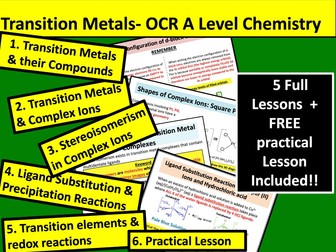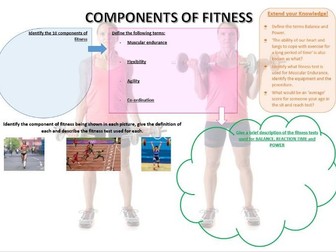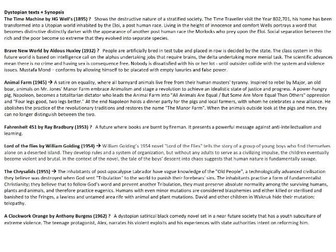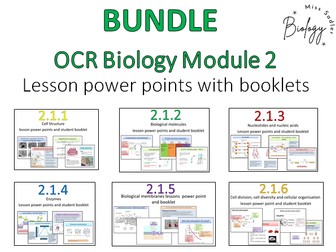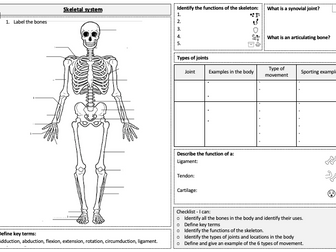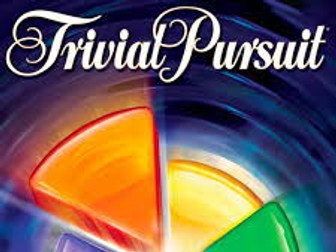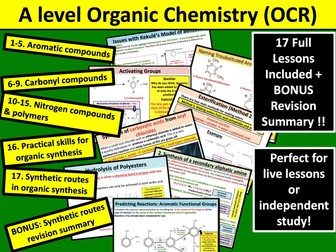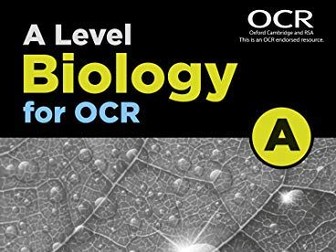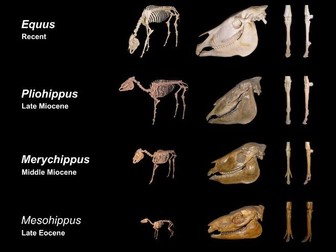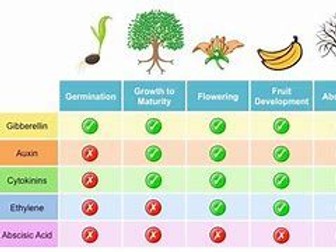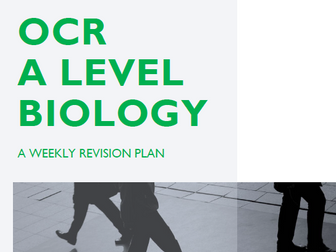Bundle

Transition Metals (OCR)
5 Full Lesson Bundle + FREE practical lesson covering Transition Elements from OCR A Level Chemistry. Please review the learning objectives below
Lesson 1: Transition Metals & Their Compounds
To know the electron configuration of atoms and ions of the d-block elements of Period 4 (Sc–Zn), given the atomic number and charge
To understand the elements Ti–Cu as transition elements
To illustrate, using at least two transition elements, of:
(i) the existence of more than one oxidation state for each element in its compounds
(ii) the formation of coloured ions
(iii) the catalytic behaviour of the elements and their compounds and their importance in the manufacture of chemicals by industry
Lesson 2: Transition Metals & Complex Ions
To explain and use the term ligand in terms of dative covalent bonding to a metal ion or metal, including bidentate ligands
To use the terms complex ion and coordination number
To construct examples of complexes with:
(i) six-fold coordination with an octahedral shape
(ii) four-fold coordination with either a planar or tetrahedral shape
Lesson 3: Stereoisomerism in Complex Ions
To understand the types of stereoisomerism shown by metal complexes, including those associated with bidentate and multidentate ligands including:
(i) cis–trans isomerism e.g. Pt(NH3)2Cl2
(ii) optical isomerism e.g. [Ni(NH2CH2CH2NH2)3] 2+
To understand the use of cis-platin as an anti-cancer drug and its action by binding to DNA preventing cell division
Lesson 4: Precipitation and Ligand Substitution Reactions
To recall the colour changes and observations of reactions of Cu2+, Fe2+, Fe3+, Mn2+ and Cr3+ with aqueous sodium hydroxide and ammonia (small amounts and in excess)
To construct ionic equations for the precipitation reactions that take place
To construct ionic equation of the ligand substitution reactions that take place in Cu2+ ions and Cr3+ ions
To explain the biochemical importance of iron in haemoglobin, including ligand substitution involving O2 and CO
Lesson 5: Transition Elements & Redox Reactions
To interpret the redox reactions and accompanying colour changes for:
(i) interconversions between Fe2+ and Fe3+
(ii) interconversions between Cr3+ and Cr2O72−
(iii) reduction of Cu2+ to Cu+
(iv) disproportionation of Cu+ to Cu2+ and Cu
To interpret and predict redox reactions and accompanying colour changes of unfamiliar reactions including ligand substitution, precipitation and redox reactions
Lesson 6: Practical on Precipitation and Ligand Substitution Reactions
To make observations of the reactions of Cu2+, Fe2+, Fe3+, Mn2+ and Cr3+ in aqueous sodium hydroxide and ammonia
To construct ionic equations for the redox reactions that take place
For 23 printable flashcards on this chapter please click here:
https://www.tes.com/teaching-resource/resource-12637622
For lessons on redox titrations involving transition metals please click here :
Part 1:
https://www.tes.com/teaching-resource/ocr-redox-titrations-part-1-12244792
Part 2:
https://www.tes.com/teaching-resource/ocr-redox-titrations-part-2-12244807
Declaimer: Please refrain from purchasing this popular resource for an interview lesson or a formal observation. This is because planning your own lessons including using your own lesson PowerPoints is a fundamental skill of a qualified/unqualified teacher that will be reviewed during these scenarios outlined above
